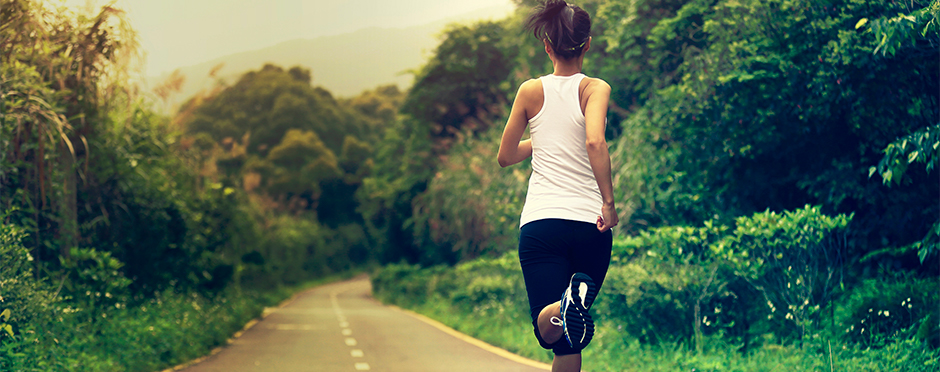
Is Running Bad for My Knees?
Leave a CommentThere is little evidence that running alone will send you to the operating room for knee surgery due to arthritis. That’s not to say that runners’ knees do not bother them. It is the most common body region runners complain of have aches and pains.
What may affect the knees with running?
1. Higher BMI
A prospective study showed that long distance runners among healthy individuals (age 50-72) did not show accelerated signs of radiographic osteoarthritis, OA. Three variables in this study that were found to correlate with the progression of OA over the course of 18 years, equally in runners and non-runners were BMI, initial radiographic damage, and length of time from initial radiographs1.
Another large study looking at runners and walkers found that runners had about half the rate of OA in the hip compared to walkers. The walkers in the study were found to be at a higher risk for hip replacement. A lower BMI was associated with less hip OA in runners compared to the walking group2.
Even beginner runners for a marathon have been shown to have no greater risk. There was no greater cartilage damage seen in beginner runners compared to more experienced marathoners in a recent study3.
As you may imagine, the higher one’s BMI with repetitive impact the legs take when running, the more force their knees have to absorb. This is not to say they should not run, but maybe it is best to keep the mileage lower initially and implement more cross training using a bike, elliptical, or swimming for cardio and strength training until BMI lowers to a healthier level. So, yes, running does having a higher ground reaction force, though one takes less steps running compared to walking over the same distance. The force with walking is about 3 times your body weight, and with running it is about five to five-and-a-half times your body weight. Therefore, the cumulative force on your knees over a given distance is about the same.
2. Mechanics
How we run has a huge impact on the stress our knees take with each step. Running occurs in one plane: forward, and the same action is repeated over and over4. Therefore, if the mechanics are off a little, there will likely become a time where a joint or muscle will tell us it has had enough.
Ideally, when making contact with the ground the knee is flexed and the foot is under the trunk of the body, as opposed to way out in front, to help dissipate and absorb the load.
Frequently, it is found that runners have poor trunk and core control and strength, leading to a cascade of events particularly when the body is tired at the end of a long run or race. For this reason, it is important as runners to keep up a regular maintenance program of strengthening and stretching to prevent knee pain.
With proper mechanics, the stress and load from the impact is not directed solely to any one part of the knee. This is likely one of the reasons the studies above do not indicate a direct correlation to running causing or being to sole cause of having knee arthritis.
So, don’t be afraid to get out there and run. Remember to implement strength training and cross training to keep your knees healthy. Stop by one of our clinics and have a video gait analysis performed and learn some proper maintenance exercises if you have had knee pain or think your pain may be due to how you run.
Click to Request an Appointment
The Athletico blog is an educational resource written by Athletico employees. Athletico bloggers are licensed professionals who abide by the code of ethics outlined by their respective professional associations. The content published in blog posts represents the opinion of the individual author based on their expertise and experience. The content provided in this blog is for informational purposes only, does not constitute medical advice and should not be relied on for making personal health decisions.
References:
1. Chakravarty EF, Hubert HB, Lingala VB, Zatarain E, and Fries JF. Long Distance Running and Knee Osteoarthritis: A prospective Study. Am J. Prev.Med. 2008 Aug; 35(2):133-138.
2. Williams PT. Effects of running and walking on osteoarthritis and hip replacement risk. Med Sci Sports Exerc. 2013 Jul; 45(7):1292-1297.
3. Hinterwimmer S, Feucht MJ, Steinbrech C, Graichen H, and von Eisenhart-Rothe R. The effect of a six-month training program followed by a marathon run on knee joint cartilage volume and thickness in marathon beginners. Knee Surg Sports Traumatol Arthrosc. 2014 June; 22(6): 1353-1359.
4. Lenhart RL, Smith CR, Vignos MF, Kaiser J, Heiderscheit BC, and Thelen DG. Influence of step rate and quadriceps load distribution on patellofemoral cartilage contact pressures during running. J Biomech. 2015 August 20;48(11): 2871-2878.
